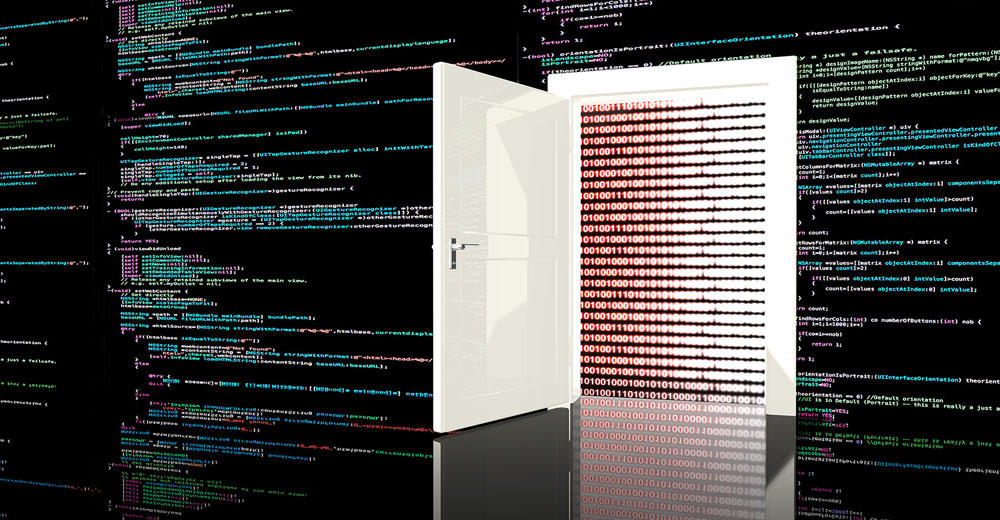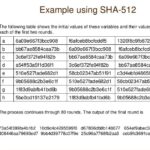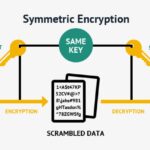The notion of encryption has transcended mere sophistication; it now represents a bulwark against unwarranted intrusion into personal and sensitive data. Among the plethora of institutions scrutinizing encryption methodologies, the National Security Agency (NSA) has garnered particular scrutiny regarding allegations of embedding backdoors into encryption frameworks. This discourse endeavors to dissect these allegations and the overarching implications for privacy and security.
Encryption serves as the cornerstone of digital security. It employs intricate algorithms to obfuscate data, rendering it unintelligible to unauthorized entities. However, the concept of a backdoor—a covert access point—deepens the intrigue surrounding the NSA’s operations. The contention lies in whether such mechanisms are deliberately integrated into encryption technologies to facilitate governmental surveillance.
The NSA’s stance is often characterized by its advocacy for robust encryption standards to strengthen national security while ostensibly maintaining civil liberties. Nevertheless, historical incidents, notably related to the agency’s surveillance programs, have fostered skepticism regarding its commitment to genuine encryption integrity. The revelations by whistleblowers have compounded public apprehension, leading to an ongoing debate about the NSA’s potential role in compromising encryption.
Critics assert that backdoors, if existent, could equip the agency with an avenue to access encrypted communications, overriding the intended purpose of encryption. This situation raises pertinent questions concerning the ethical ramifications of such intrusions. Is it justified for a governmental body to prioritize national security over individual privacy rights? The pivotal phrase “trust but verify” has never been more applicable. The dichotomy between public safety and personal privacy remains a challenge for lawmakers and technologists alike.
To fully appreciate the implications of backdoors in encryption, one must first understand the various types of encryption employed in digital communications. Symmetric encryption, where the same key is utilized for both encryption and decryption, and asymmetric encryption, which employs a public-private key pair, are foundational to securing information. However, these methods can all be susceptible to potential exploitation if backdoors exist.
Moreover, various encryption protocols—such as SSL/TLS for secure web browsing and PGP for email communications—integrate these encryption technologies, further complicating the landscape. Depending on their implementation, weaknesses may be present that could potentially allow uninvited access. Consequently, individuals using these systems unknowingly place their faith in the integrity of both the technology and the policymakers behind it.
One must also consider the broader context of cybersecurity and how the presence of backdoors could render individuals vulnerable to malicious actors. If the NSA or any governmental body has access to these encryption keys, the risk of exposure to hackers increases exponentially. A central tenet of cryptographic resilience is the assurance of secrecy, and any backdoor compromises this tenet, creating a paradox of security.
A prevailing argument posits that government intervention may encompass legitimate national security concerns, especially in combating terrorism or cybercrime. The argument extends to assert that allowing some form of backdoor could facilitate law enforcement investigations, purportedly delivering a greater societal benefit. However, this perspective inadvertently undermines the foundational principles of cryptography, which are predicated on the very premise of privacy. Furthermore, it obfuscates the potential exploitation of such tools by malevolent entities outside governmental authority.
For the technologically literate, questions also arise about the transparency of encryption technologies. Developers frequently hold discussions on the implication of incorporating backdoors versus maintaining stringent security protocols. The notion of open-source versus closed-source software becomes pivotal. Open-source projects enable community scrutiny, which acts as a safeguard against hidden vulnerabilities, whereas closed-source software lacks this layer of accountability. Trust in these technologies hinges on the transparency with which they are developed and the reputations of organizations overseeing them.
However, technology alone cannot solve the issues surrounding backdoor access and encryption integrity. Legislative frameworks are equally critical. Policymakers must navigate the fine line between security requirements and the preservation of civil liberties. As cryptographic tools continue to evolve, laws must adapt accordingly to ensure that personal freedoms are not unduly compromised in the name of security.
In conclusion, the specter of the NSA embedding backdoors in encryption technologies remains a contentious issue meriting cautious scrutiny. While national security is undeniably paramount in today’s digital age, it cannot come at the expense of individual privacy rights. The integrity of encryption is inextricably linked to the trust bestowed upon those who develop and govern these technologies. Stakeholders—from developers to legislators—must collaborate to devise frameworks that embrace transparency while safeguarding personal liberties, thus ensuring that encryption remains a bastion of privacy rather than a conduit for surveillance.








Leave a Comment